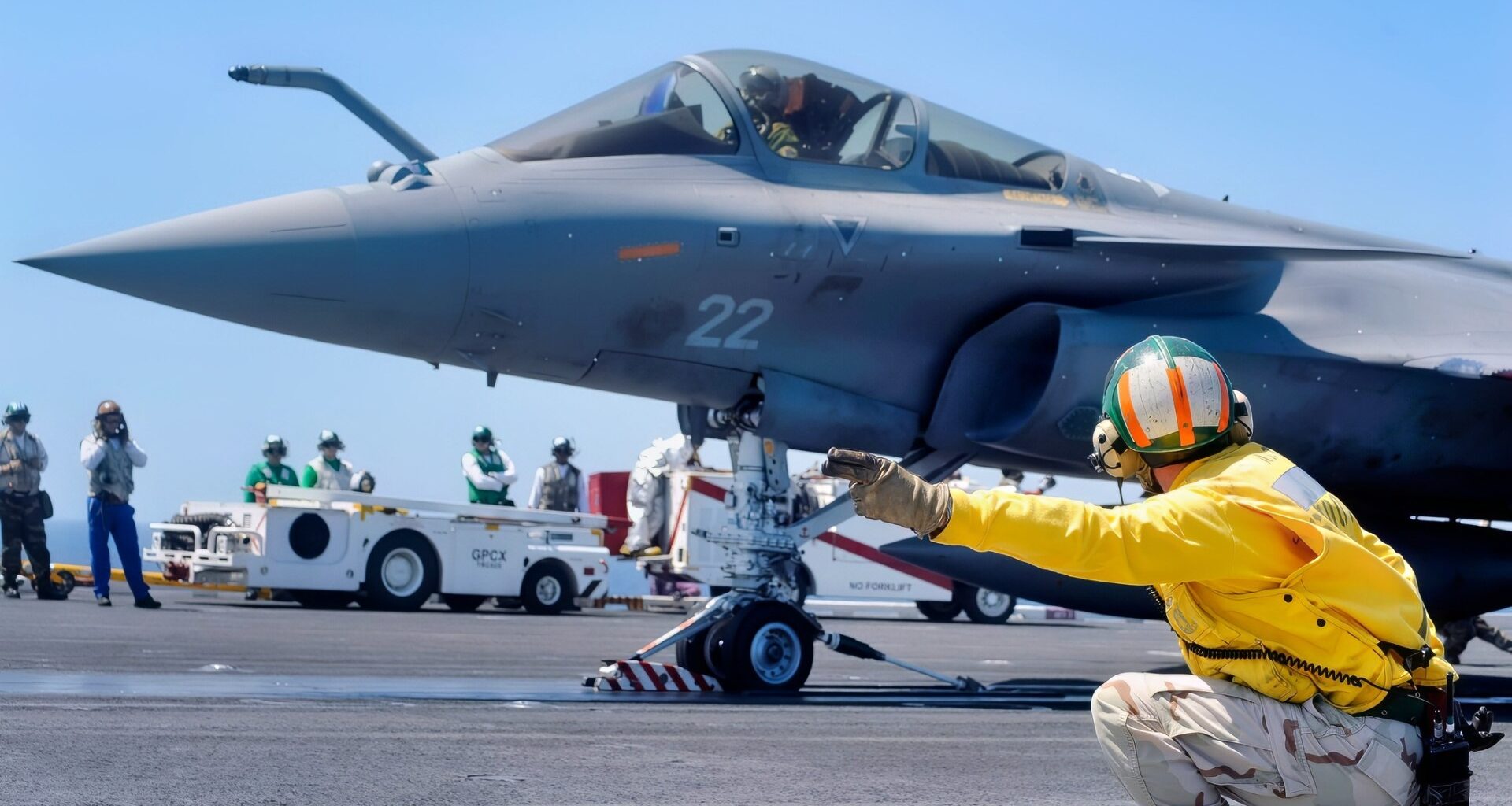Key Points and Summary – A “tug-of-war” has erupted within the French government over the size of its Dassault Rafale fighter fleet.
-On Thursday, reports indicated the Ministry of the Armed Forces planned to buy 61 new Rafales, increasing the total fleet to 286 to meet new strategic goals and replace aging Mirage 2000s.
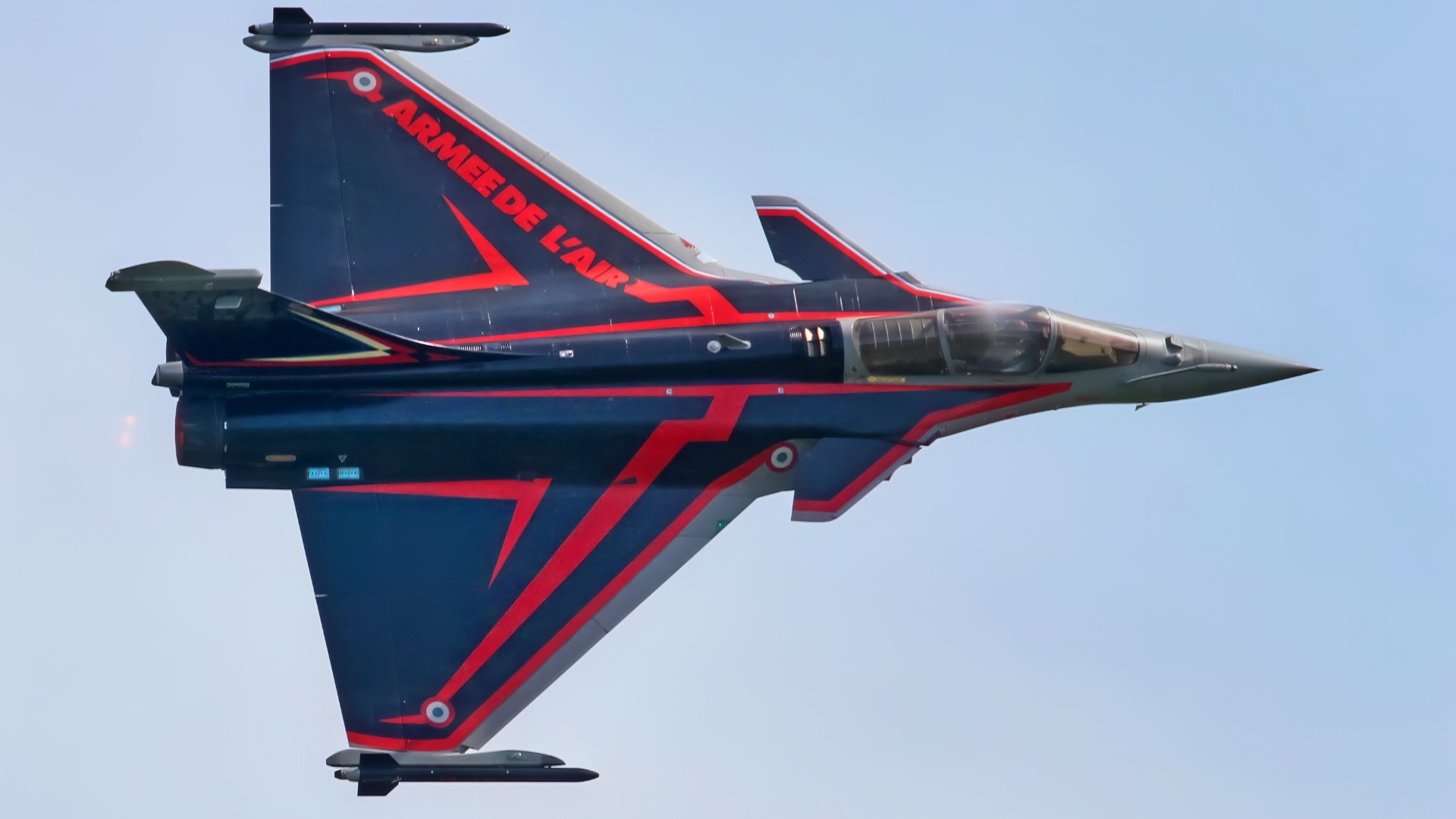
Dassault Rafale Fighter. Image Credit: Creative Commons.
-However, just one day later, France’s defense procurement agency (DGA) flatly contradicted this, stating there are “no plans” to exceed the current 225-aircraft target, citing “budgetary discipline.”
-This public disagreement is seen by experts as a classic power struggle between the armed forces and the procurement office.
How Many Dassault Rafale Fighters for France?
WARSAW, POLAND – There is, once again, a struggle within the French government over the size of the Dassault Rafale fighter aircraft fleet. Reports on Thursday were that France’s Armée de l’Air and the Marine Nationale were about to see a significant boost to their combat power.
The intention was to increase France’s fighter fleet by acquiring 61 new Dassault Rafale aircraft. But another constituency appears to want to zero out the order.
Defense Budget and Dassault Rafale
As part of the 2026 defense budget, the Ministry of the Armed Forces reportedly planned to increase the total fleet to 286 aircraft. The proposed increase over the 225 currently in inventory is for several reasons.
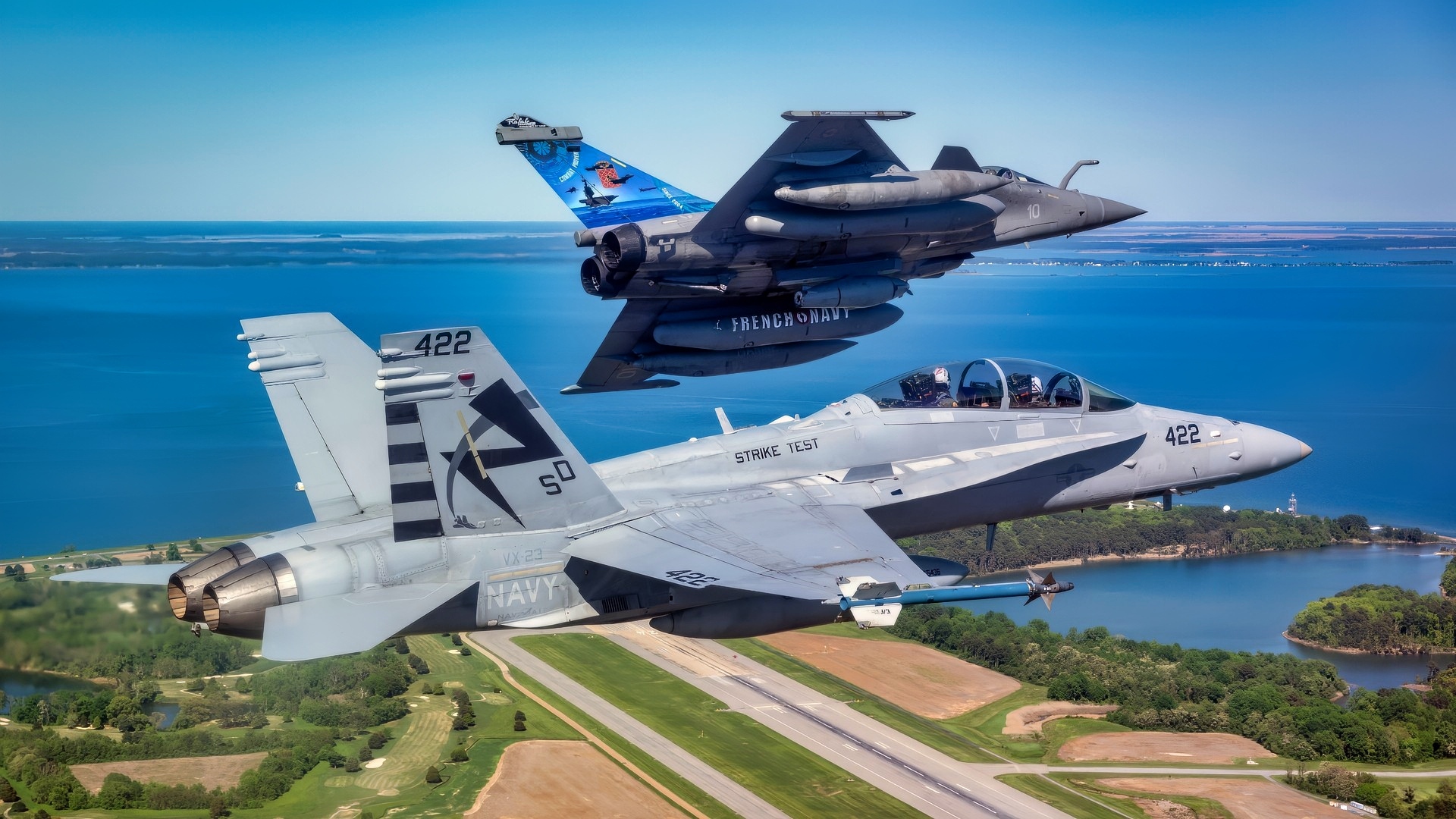
A joint test team including the Flight Test Division of the French Directorate General of Armaments (DGA/EV), the French Naval Aeronautics Experimentation Center (CEPA/10S), and the U.S. Navy’s Air Test and Evaluation Squadron (VX) 23 are leading flight tests that will enable the French fighter jet Dassault Rafale to aerial refuel with naval aviation’s F/A-18 Hornet and Super Hornet and EA-18G Growler. The tanker qualification partnership paves the way for an extended reach and enhanced interoperability for allied airpower. (U.S. Navy photo by Erik Hildebrandt) Erik_Hildebrandt
Some of the new jets were to be replacement aircraft for recent losses—specifically after the crash of two Rafale fighters in August 2024. Another factor was the requirement to bring the fleet into compliance with the objectives established in the Military Programming Law (LPM) 2024-2030.
French strategic planning had previously stated a requirement of 225 Rafale fighters, comprising 185 aircraft for the Armée de l’Air and 40 for the Marine Nationale. These numbers have been established by the 2013 Defense and National Security White Paper and the 2019-2025 LPM.
The increase in the overall numbers was required due to the demands put on the services by the rise in international missions and “the evolution of air and maritime threats,” according to official statements. The new budgetary proposal is also intended to sustain the operational capability of the force, as the Mirage 2000C and 2000D aircraft, which have served for decades in the French ranks, will be withdrawn from service.
A Growing Dassault
The proposed order has been taken in parallel with the decision to expand Dassault Aviation’s production capacity significantly. This month, the French planemaker celebrated the manufacture of the 300th Rafale, considered a high-profile symbol that the program has matured but that the design still has significant capacity for growth and expansion of its mission profile.
There are currently 533 confirmed aircraft orders from countries including France, India, Indonesia, and Serbia. The company is currently engaged in establishing accelerated production capacity and expanding globally.
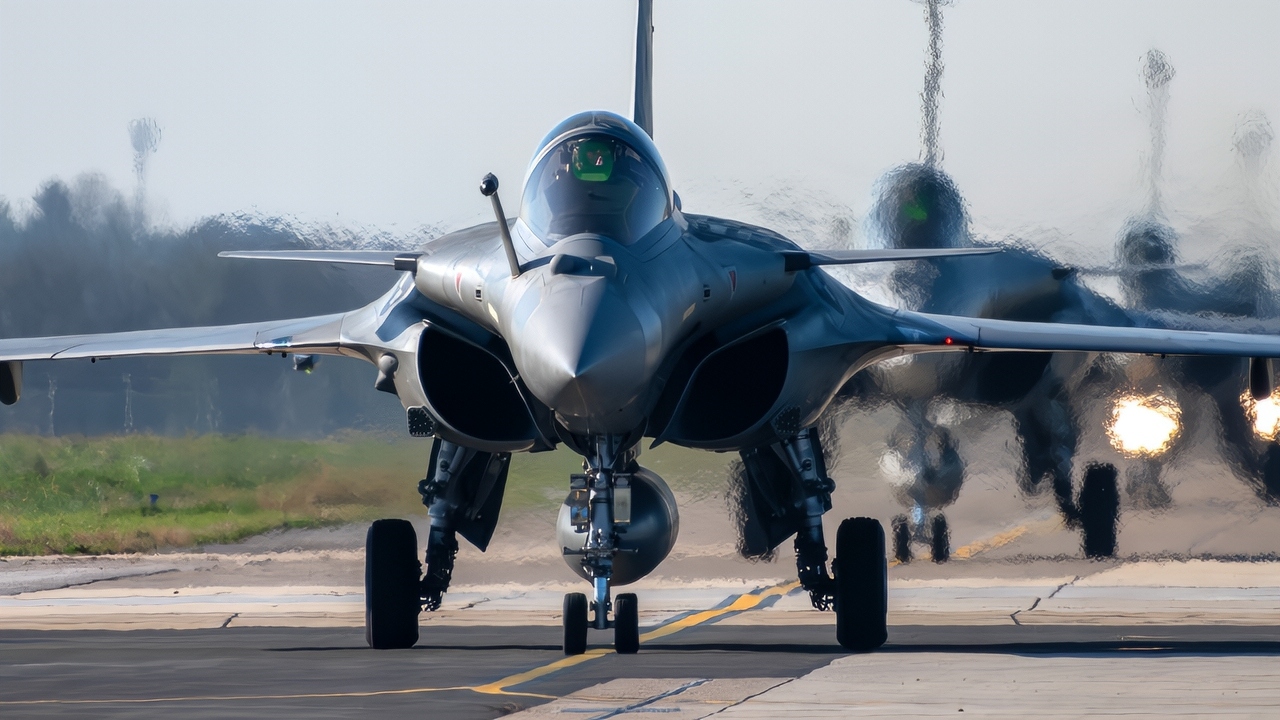
Dassault Rafale Ready for Action. Image Credit: Creative Commons.
Dassault and French Government officials state that the company’s capacity growth reflects the operational effectiveness of the Rafale fighter and the simultaneous creation of an oversized supply chain. These amount to more than 400 local companies that provide the inputs required to support the expanded production of the Rafale.
“What has always been a major objective and nationally-mandated requirement for the Rafale is for the program to achieve and maintain what is referred to as ‘technological sovereignty’ as well as having the resources to surge export capacity,” said a French defense industry official. The idea is not to make the Rafale a program dependent on parts from all over the globe.
At present, Dassault has the near-term goal of increasing Rafale production to 4 aircraft per month to meet commitments to both domestic and export customers.
Not So Fast
But on Friday, one day after the initial announcement, France’s Direction générale de l’armement (DGA), the national defense procurement agency, stated it has no plans to order 61 more Rafale fighter jets. This would keep the nation’s target fleet size at 225 aircraft.
DGA is instead stating that France’s long-term defense planning remains unchanged, and that the current 225-aircraft fleet size aligns with the strategic and industrial objectives outlined in the LPM. The Rafale is France’s multi-role combat aircraft, and it is the backbone of its air force and naval aviation capabilities for the immediate future.
The Rafale’s modular design gives it operational and mission flexibility, enabling it to perform a wide range of missions. These include air superiority and reconnaissance to nuclear deterrence missions, which DGA claims reduces the need for a larger fleet.
The aircraft’s versatility and its ability to stay current through a series of upgrades make it the “tip of the spear” of France’s defense posture. This is also what has made it an export success for Dassault.
A DGA spokesperson stated, “The target of 225 Rafale aircraft reflects a balance between operational needs, budgetary discipline, and ongoing modernization. There is no current plan to exceed this figure.”
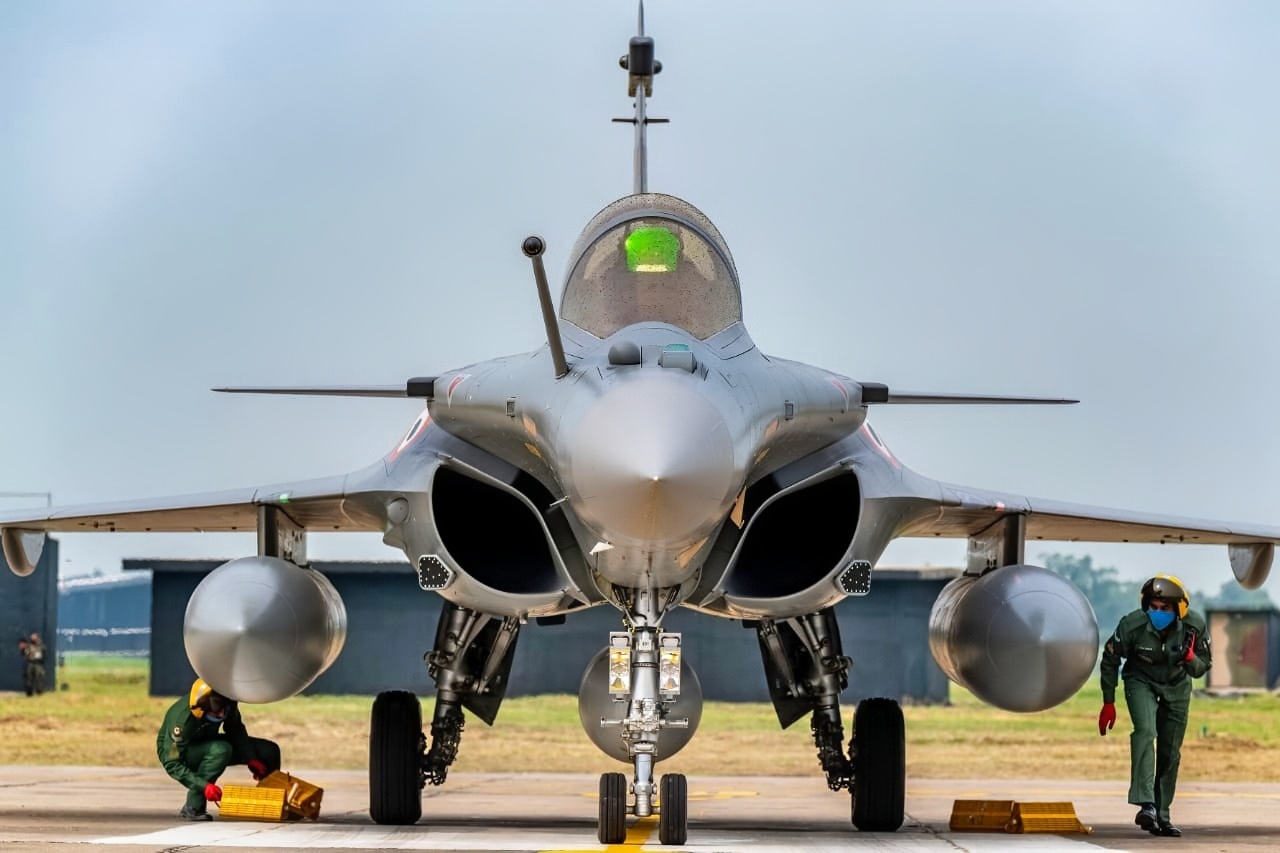
Dassault Rafale Fighter in India. Image Credit: Creative Commons.
France will reportedly continue integrating new-generation Rafales to replace older variants of the fighter and to also support export order deliveries. The program’s focus remains “modernization, interoperability with European partners, and sustaining industrial capabilities across the defense sector,” according to an official statement.
What appears to be happening with these contradictory announcements, said a French defense industry expert, “is the traditional and time-honored tug-of-war between DGA on one hand and industry and armed forces on the other. It is not the first time one side has tried to assert dominance over the other, and it will not be the last. Whether more aircraft end up being ordered and how many remains to be seen.”
About the Author: Reuben F. Johnson
Reuben F. Johnson has thirty-six years of experience analyzing and reporting on foreign weapons systems, defense technologies, and international arms export policy. Johnson is the Director of the Asia Research Centre at the Casimir Pulaski Foundation. He is also a survivor of the Russian invasion of Ukraine in February 2022. He worked for years in the American defense industry as a foreign technology analyst and later as a consultant for the U.S. Department of Defense, the Departments of the Navy and Air Force, and the governments of the United Kingdom and Australia. In 2022-2023, he won two awards in a row for his defense reporting. He holds a bachelor’s degree from DePauw University and a master’s degree from Miami University in Ohio, specializing in Soviet and Russian studies. He lives in Warsaw.
More Military
The Army’s AbramsX Tank Boils Down to 1 Word
China’s Big Plan To Sink U.S. Navy Aircraft Carriers Comes Down to 4 Words
The New Air Force B-21 Raider Isn’t Just a Stealth Bomber
The F-22 ‘Super’ Stealth Fighter Is Coming
The Real Reason U.S. Air Force Recruiting Numbers Are Surging
